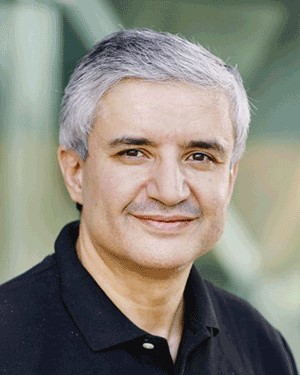Presenters


Muhammad Salman Bashir
School of Computing and Engineering, University of Huddersfield, Huddersfield, U.K.
The next big revolution in wireless communications is unfolding in space right now. With Starlink and OneWeb having launched approximately six thousand and seven hundred low Earth orbit (LEO) satellites, respectively, and with Project Kuiper aiming for another three thousand LEO satellites in the near future, it is envisioned that the backhaul of future wireless communications will lie primarily in space. A highly suitable technology that can provide ultra-high speed inter-satellite links in space is the free-space optics or laser communications. Due to its very narrow beamwidths and minimal impairment in space, lasers can carry data up to millions of miles in space as demonstrated by NASA’s Psyche Mission in 2023. Moreover, NASA’s TBIRD project aims to exploit the high bandwidth of FSO signal to achieve a coherent 200 Gbps satellite-to-ground link with lasers. Keeping all these advancements in mind, we have fashioned this tutorial to discuss the fundamentals and applications of laser communications in the context of non-terrestrial networks. We go over pointing, acquisition, and tracking aspects of narrow laser beams and consider some related optimization problems. We then look at the fundamentals of FSO communications with singledetector and detector-array receivers, discuss dead-time in SPAD and its mitigation using SPAD arrays and consider maximization of optical channel capacity by tuning different system parameters. In the latter part of this tutorial, we consider some important applications of FSO in non-terrestrial networks: specifically, applications related to UAV-assisted FSO, both for communication and laser-powering. Finally, we touch upon optimal satellite orbits in the context of delay-tolerant FSO networks.


Muhammad Salman Bashir
School of Computing and Engineering, University of Huddersfield, Huddersfield, U.K.
This tutorial will delve into the theoretical and algorithmic of semantic communication in the 6G era, detailing what is semantic information, how to communicate semantic information and how to learn communication protocols from data. Subsequently, recent results pertaining to various use cases will be presented
